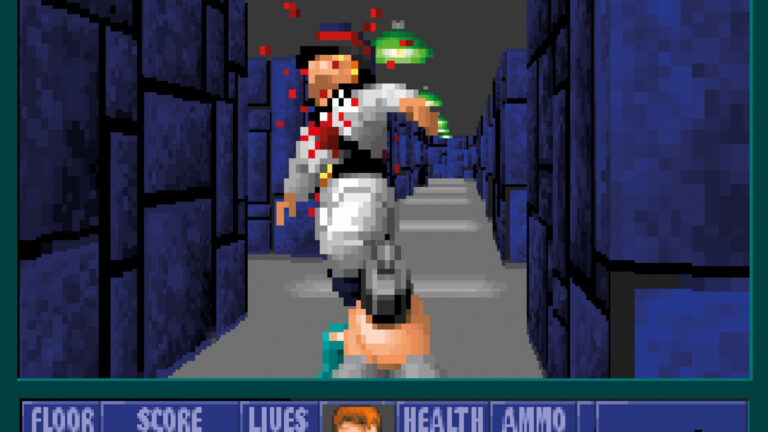
Bitmap Books’ recently released I’m Too Young To Die is a slick, beautifully produced rundown of a number of the most seminal years for first-person shooters, chronicling the genre from 1992 to 2002 with insight from key creatives. On this excerpt, creator Stuart Maine unpicks a number of the key games in an incredible 12 months for the shape.
Even when id Software didn’t invent the FPS, Wolfenstein 3D was definitely the moment the genre crossed into the mainstream. Tight gameplay, a compelling theme and the shock of such realistic graphics were critical, in fact, but something else that helped Wolfenstein to achieve so many players was that it was distributed as shareware.
Shareware
As hobby products, early videogames had no formal distribution network and were sold through computer stores or software clubs, often as a disk or tape with photocopied instructions. Consequently, there was a certain quantity of luck involved in selecting a game; word-of-mouth recommendations were essential. Over time this evolved into more polished boxed products and magazine reviews, but people still needed to pay up front for his or her games and hope they liked them.
‘Shareware’, a term popularised by Jay Lucas within the magazine InfoWorld, allowed people to pay for software they already had. Apogee’s Scott Miller turned this into ‘the Apogee model’: providing a portion of every game free of charge so players could resolve in the event that they liked it after which pay for the remainder (hence Wolfenstein, DOOM and the like being divided into episodes, with the primary episode given away). The rise of the web
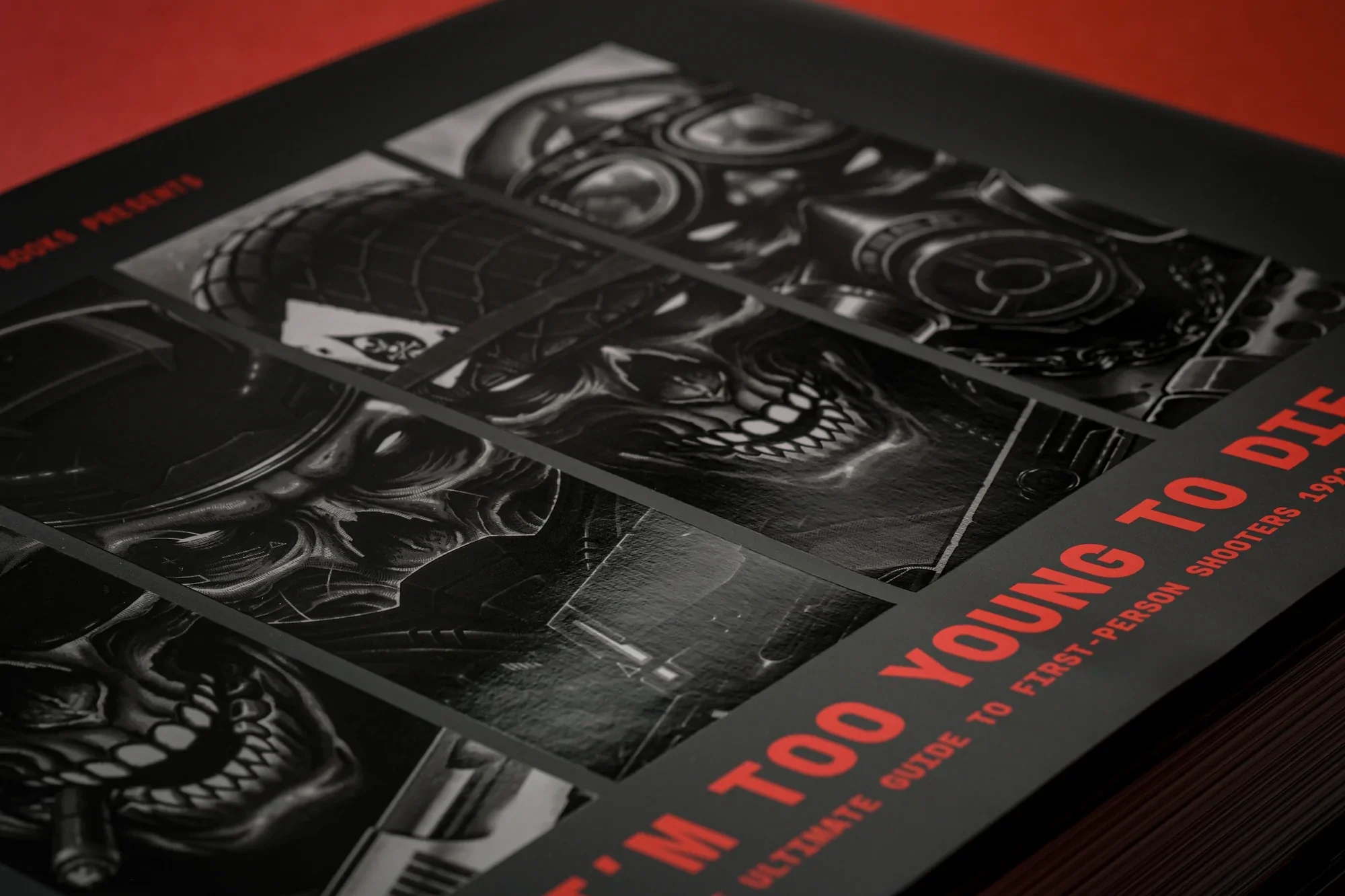

Initially distributed by floppy disk, full games arrived only after players had posted payment and waited. Shareware moved online as the web grew, first through bulletin board systems, then FTP and the World Wide Web. Now people could download shareware directly from the developer or publisher and pay for immediate access.
After all shareware had its downsides, resembling the danger of downloading a virus, and the proven fact that anyone could release anything, making finding good games a challenge (an issue which still affects the games industry today). However the approach was a convincing success for id, with David Kushner’s book, Masters of DOOM, reporting their first month’s royalties as $100,000 (greater than triple what their biggest previous game had managed). Huge numbers of individuals were playing, discussing and sharing Wolfenstein, and as the excitement grew, it attracted increasingly interest.
Developers and publishers
It made sense, then, for id to proceed to make use of shareware to distribute DOOM, its sequel, and Quake, though each of their games would also see release as a boxed product through a conventional publisher.
It’s value briefly discussing game publishers here, since the overwhelming majority of games covered on this book saw release through one. Simplifying hugely, each game has a developer – the team that creates the sport – but those games are marketed and distributed through a publisher. More importantly, the publisher often pays for the sport’s development after which hopes to recoup that cash through sales, meaning they’ve enormous power over the developer. For instance, after they sign with a publisher the developer could have handy over the rights to the IP (Mental Property) they’re creating, meaning the publisher now owns it. That is why you’ll see some game series abruptly change developer, with the publisher assigning subsequent games to whomever they like.
RoboCop 3
Developer: Digital Image Design
Original platforms: Amiga/Atari ST/PC
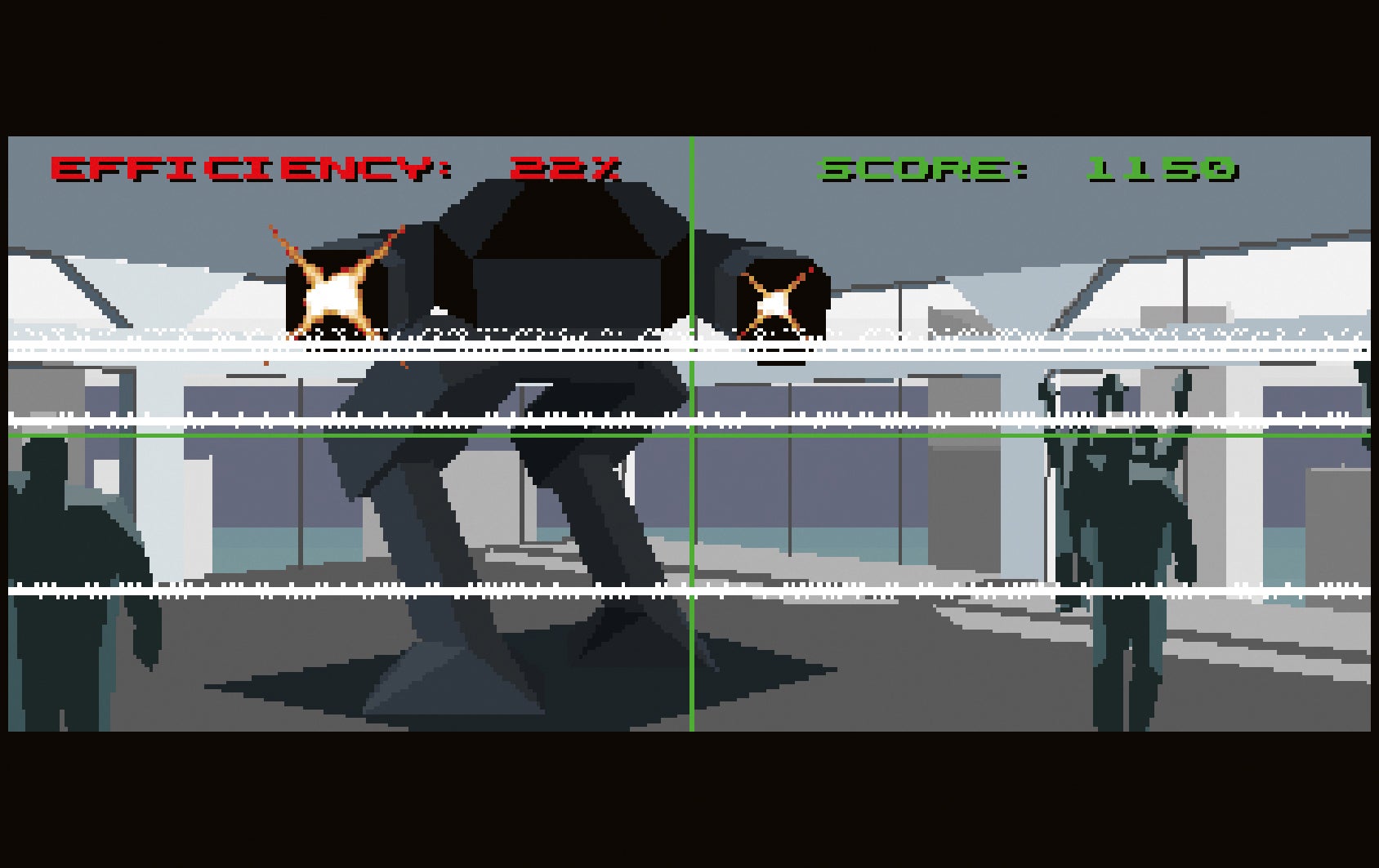
While most games based on the RoboCop licence were 2D platformers, Digital Image Design used a heavily modified version of their F29 Retaliator flight-simulator engine to create a completely polygonal first-person adventure. There’s free-roaming driving, and a flying section, but by far the perfect parts are the FPS levels. None of its gameplay styles are developed enough to form a full game, but they make up for this with variety.
As RoboCop, you search back alleys, police stations, hotels and the OCP constructing, with a ‘hotter/colder’ beeper that definitely raises the center rate. One section allows you to select your enemies, potentially pitting you against several ED-209s. There’s even a first-person fight with a ninja robot during which you spam awkward punches and kicks before falling back on drawing RoboCop’s gun and shooting them.
You’ll be able to fire at any position on the screen, aiming near the sides to show. With no method to strafe and the controls making it tricky to navigate corners, enemies steadily chip away at your ‘efficiency’, getting low cost shots in before you possibly can even see them. You furthermore may have to avoid harming civilians and shoot incoming grenades, as each quickly kill you.
Yes, the FPS sections are slow, abstract and clumsy, but there’s an undeniable thrill to gliding right into a packed room and killing three enemies with three headshots, all without hitting a hostage.
Ultima Underworld: The Stygian Abyss
Developer: Blue Sky Productions
Original platform: PC
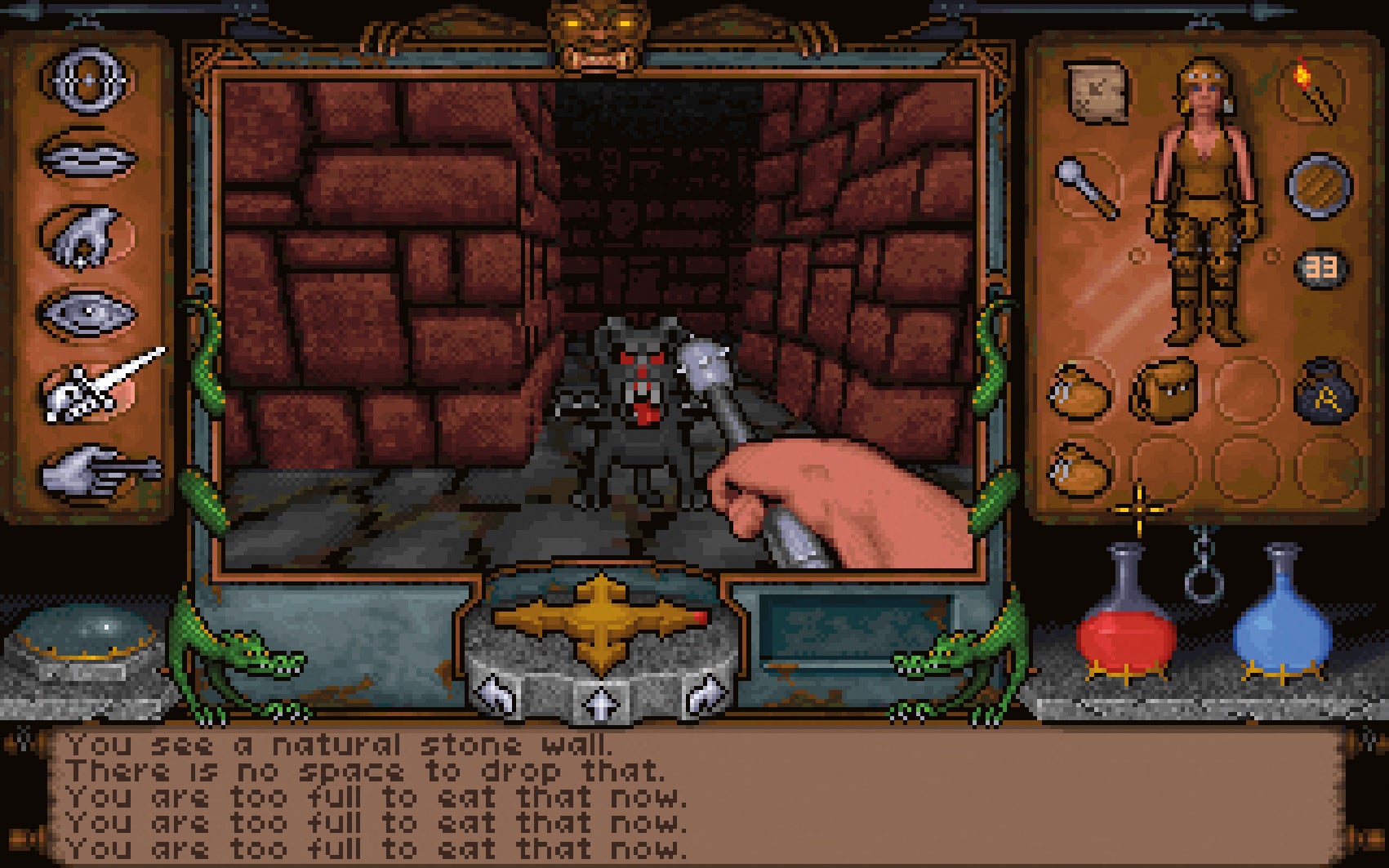
For 2 games released in the identical 12 months, it’s fascinating just how diametrically opposed Ultima Underworld and Wolfenstein are. While Wolfenstein focused on speed, Underworld revolved around player freedom, and where id stripped back anything that got in the best way of combat, Blue Sky kept adding features.
Falling between an RPG and an FPS, Underworld was built on a bank of relatively easy gameplay systems that combined to offer the sport incredible depth and adaptability. The environments are 3D, letting you look up and down, swim and jump. The music is dynamic; you’ve got a listing and stats; you possibly can create and solid spells, write on the map, plant a tree, bash down doors, eat and be poisoned, and much more. The combat mixes player skill with invisible dice rolls and may get a little bit repetitive; it often consists of stepping forward to attack then backing off, though it does permit you to swing, stab, chop, shoot and even throw things. There are also conversations with NPCs, complete with olde worlde English (‘Thou shouldst watch thyself’), though the sport’s flexibility extends to letting you murder almost everyone and still have the option to finish it.
Underworld was developed by Blue Sky Productions, who would later merge with Lerner Research (best known for simulators like F-22 Interceptor) and evolve into Looking Glass Studios. The sport’s engine originated from 1989’s similarly ambitious Space Rogue, but was replaced to permit for texture mapping and the last minute addition of a lighting system. There was no grand plan for Underworld or its engine, with features added over time. In an interview with PC Zone magazine, programmer Doug Church said, “We desired to do a dungeon simulator, and not one of the programmers had really done this type of game, so we were pretty ambitious and never too smart.”
Though its fans loved it, Underworld’s demands – each in its technical specs and within the dedication required from the player – made the sport a slow seller, causing Origin to dial back its promoting. That said, the publisher was already struggling to elucidate the complex game’s premise, with one ad calling it «the primary continuous-movement, 3D-dungeon, motion fantasy!»
Adding designers to the team for the sequel, Ultima Underworld II: Labyrinth of Worlds (reasonably than programmers creating all of the content, as in the primary game), brought more polish, color and variety to the search. Unfortunately, it too sold steadily but slowly, meaning Origin, and later latest owners Electronic Arts, had little interest in a 3rd game. Consequently, the series would lie dormant until a spiritual sequel, Underworld Ascendant, was released in 2018.
No matter its sales, it’s easy to trace a line of descent between Ultima Underworld’s technical innovations and freeform ethos, and later immersive FPSs like System Shock and Deus Ex. PC Gamer’s Tony Ellis summed it up nicely with: “Splendidly, richly, impossibly interactive, UUII was a game from the long run.”
Wolfenstein 3D
Developer: id Software
Original platform: PC

In 1992, id (originally Ideas from the Deep, later shortened) was best known for its shareware-distributed 2D platformers following the adventures of Commander Keen. But behind the scenes, John Carmack – id’s engine programmer – was working on convincing the slow PCs of the day to attract first-person mazes. These initial experiments – Hovertank and Catacomb 3-D – incrementally built towards the sport which might blow id’s previous successes out of the water and set its direction for the subsequent three many years: Wolfenstein 3D.
Playing as BJ Blazkowicz, you explore the dungeons and corridors of Castle Wolfenstein, mowing down Nazi soldiers, dogs and excessive bosses, including the infamous Hitler-in-a-robot-suit. Even today the distinguished swastika flags and DeathCam™ showing each boss’ graphic demise still raise an eyebrow, though id weren’t asked to tone down the gore until the Super Nintendo conversion (more on this when discussing 1994’s Super 3D Noah’s Ark). Wolfenstein’s setting is predicated on Silas Warner’s 1981 Apple II stealth game, Castle Wolfenstein, which id bought the rights to, and despite the speed of the player’s movement Wolfenstein 3D still retains the ‘feel’ of a stealth game. Enemies deal huge amounts of injury, so charging into rooms means death, though the generous auto-aim and high damage you kick out dispatch foes just as quickly. This offers the sport a stop-start rhythm of cautious firefights and racing through labyrinthine corridors. The sensation of being in a maze is reinforced by the shortage of roof texture, meaning it all the time
feels vaguely outdoorsy.
From a contemporary perspective, Wolfenstein 3D’s limitations are clear, though each of them clearly originates from the deal with speed: with the intention to get the player’s movement smooth and fast the engine has no lighting, angled partitions or variation in floor height.
Plus, to focus the gameplay on exploration and combat, id stripped out proposed features like searching or dragging dead bodies. The result, particularly in later episodes, wavers between attempting to offer immersive castle environments and Pac-Man style mazes (to the extent that a level paying homage to Pac-Man’s maze was hidden in the sport).
In comparison with later FPSs, Wolfenstein 3D’s gameplay incorporates arcade-like elements resembling the player having lives, an approach that will quickly be dropped for the more modern save/load system. Kills, speed and collecting the treasures hidden within the castle’s many secret chambers earn you additional lives, and for those who lose one you restart the present level along with your weapons reset. Though the sport’s technology and gameplay are each limited, it’s easy to see how incredibly immersive Wolfenstein 3D will need to have been to players used to turn-based dungeon exploration during which enemies politely awaited their turns. Here, the environment always feels dangerous, and it comes as a shock while you first realise that enemies can open doors
and patrol the degrees. Even so, id were really only getting warmed up …
Gun Buster
Developer: Taito
Original platform: Arcade
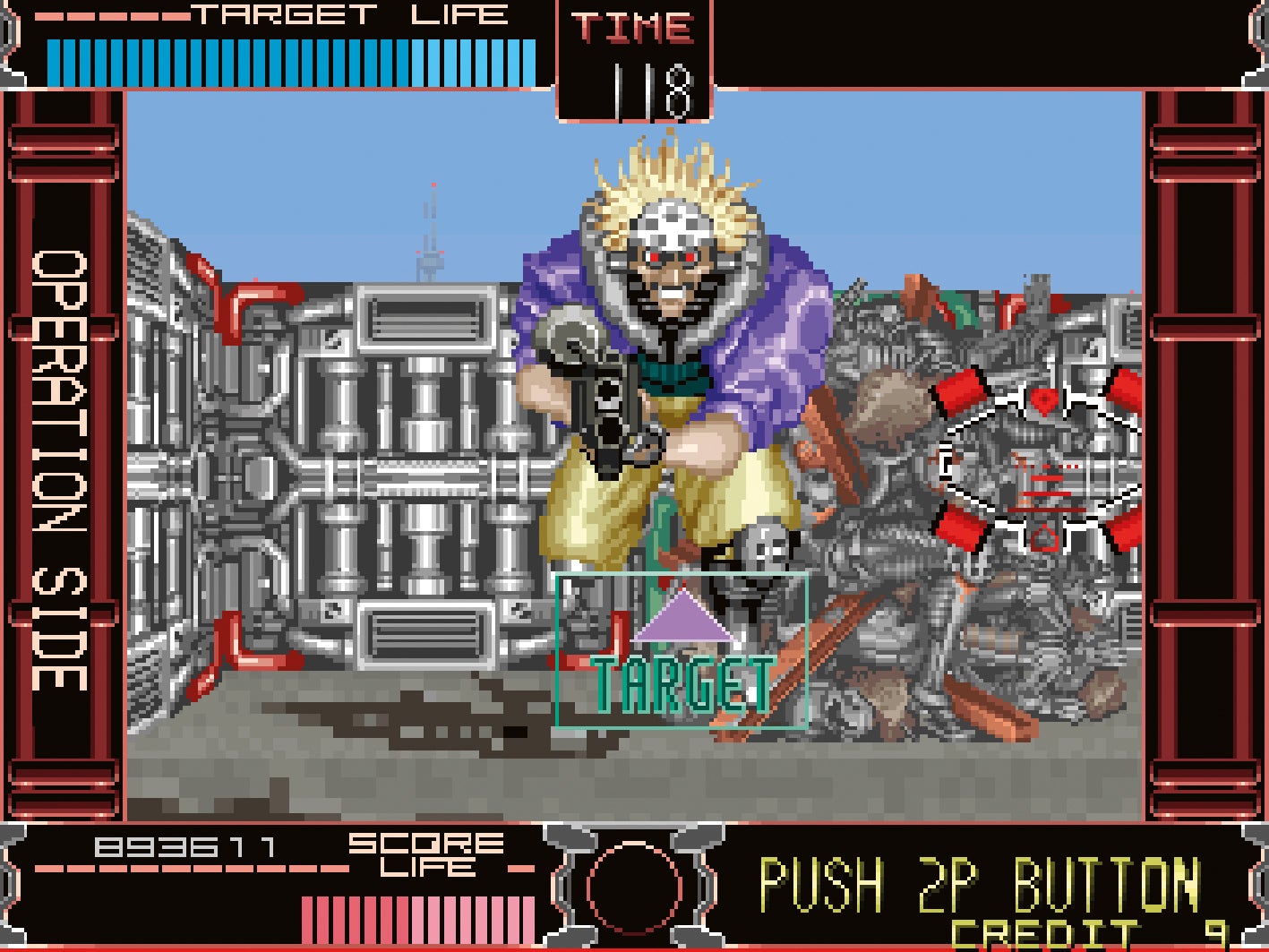
Gun Buster (a.k.a. Operation Gunbuster) is a unbelievable demonstration of the sheer imagination and verve of the early ‘90s Japanese arcade scene. While it includes features that wouldn’t be common in home FPSs for some years – glass, rain, co-op play – the sport’s most notable feature is its control scheme. As much as 4 players can crowd round the massive cabinet, each using a joystick to maneuver and strafe while concurrently holding a gun that not only goals the crosshair but turns your view.
Levels are little greater than claustrophobic arenas full of pillars to cover behind and sprite furniture to be smashed by gunfire. Combat is similarly intense, pitting you against a series of robotic bosses that might easily have stalked from the pages of any of Masamune Shirow’s manga. As if the complex controls weren’t tricky enough, the motion is relentless, with bullets flying all over the place, constant explosions, small enemies being spawned that fireplace smaller missiles and even characters who suddenly appear on the front of the screen to stab you. Also of note is that in contrast to Wolfenstein 3D’s ‘hitscan’ enemy shots, which either immediately hit and miss, here some projectiles should be shot down while others must be dodged.
While it’s no surprise that the difficult pat-your-head-while-rubbing-your-tummy controls made Gun Buster an intimidating arcade game, it’s nonetheless a captivating glimpse at an evolutionary path the FPS could have taken.
Because of Bitmap Books for the excerpt – you possibly can buy I’m Too Young To Die from Bitmap Books’ own store.